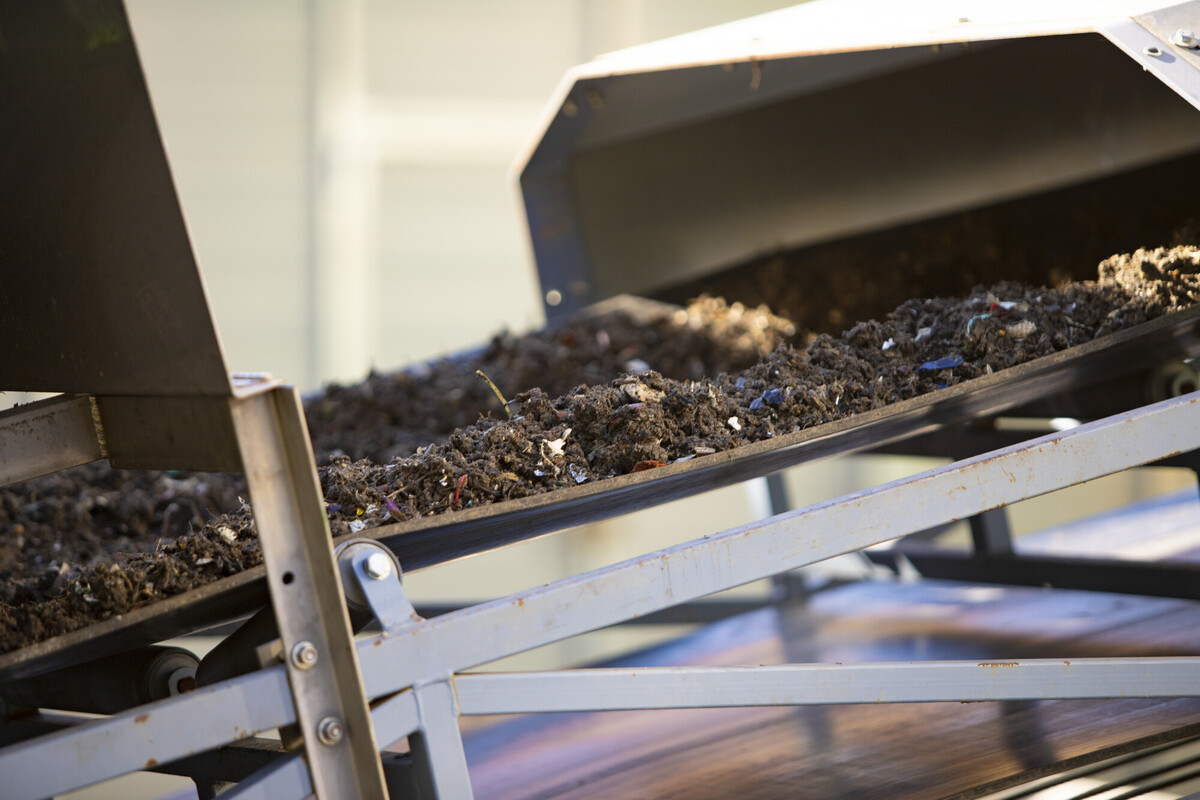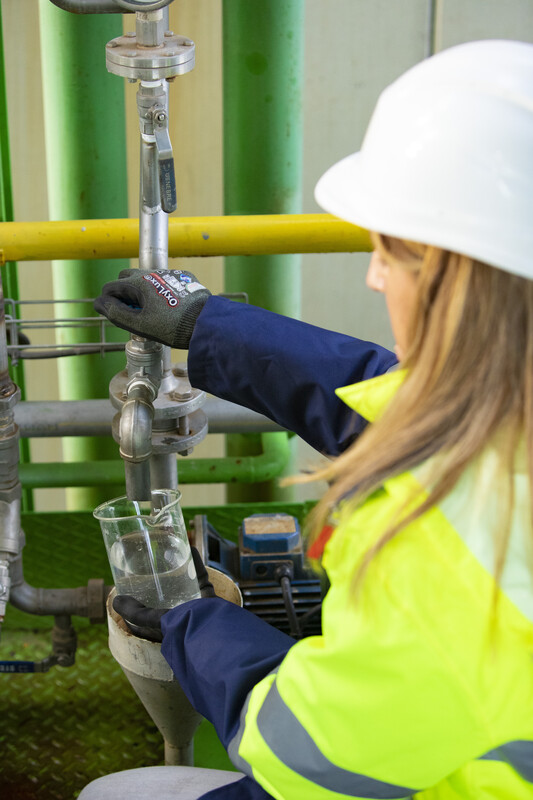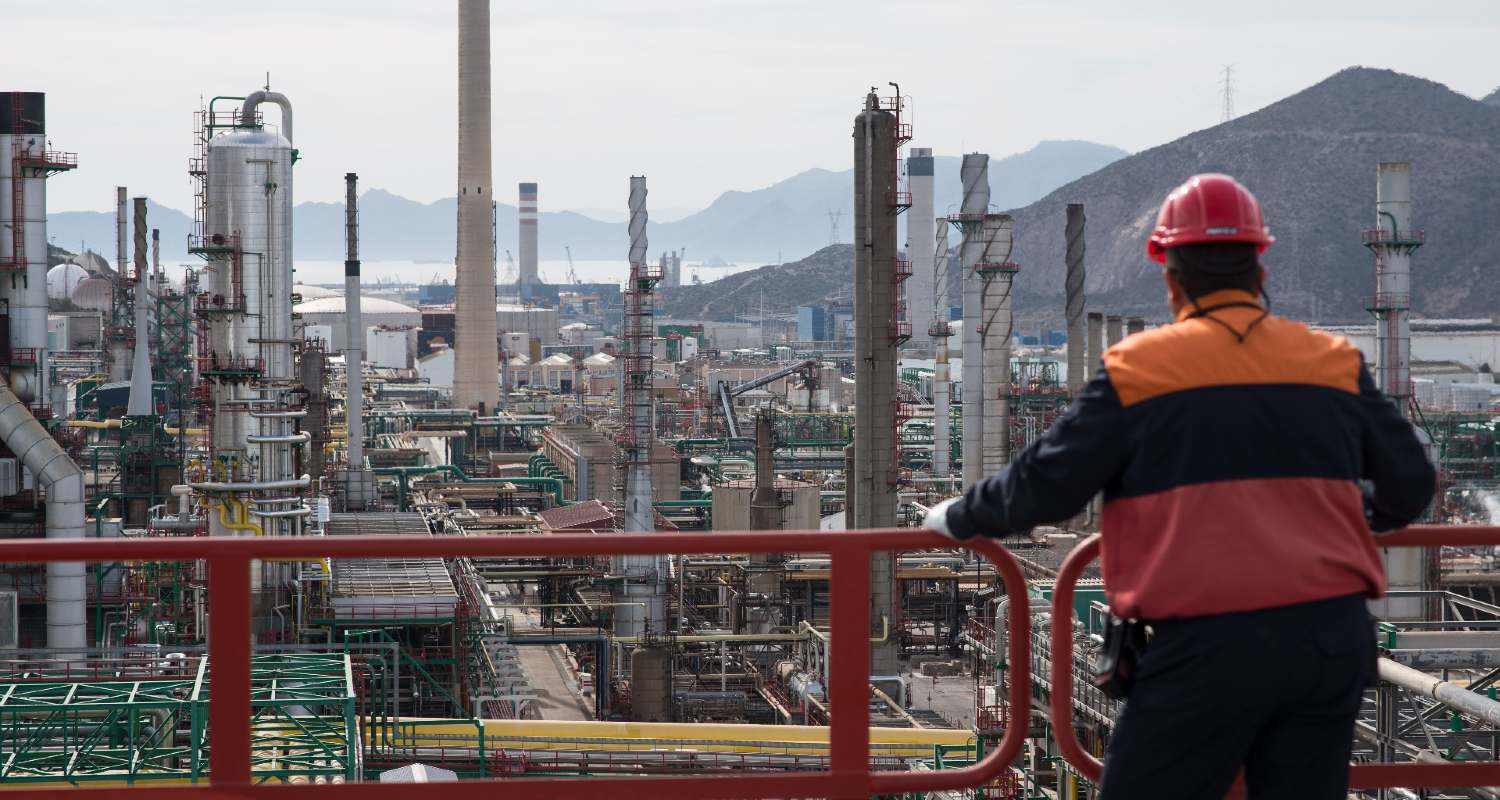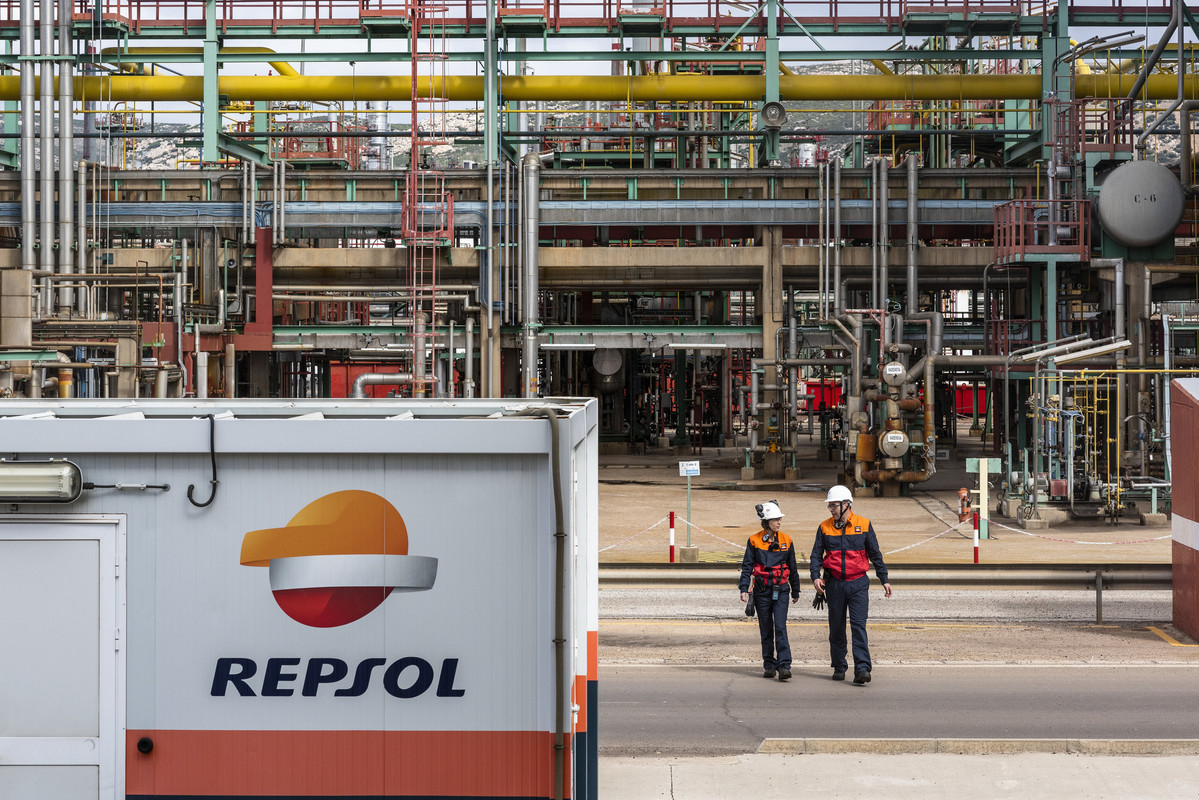
What is biomethane and what is it used for?
What is biomethane and what is it used for?
Renewable methane: One more step towards sustainability
Reading time: 6 min
In the search for more sustainable fuels, biomethane is a very interesting alternative to natural gas, which is steadily gaining ground in today's energy landscape, thanks to its contribution to the energy transition, the decarbonization of energy, and the circular economy. Could this be the new energy of the future we're dealing with?
What is biomethane and how is it produced?
What is biomethane and how is it produced?
Biomethane, also called renewable gas, is a combustible gas that is produced from biogas that has undergone a treatment known as “upgrading.”
Through this process, which removes certain impurities from the biogas like CO2 for example, the gas is brought to a methane ratio of around 95%. This purity grade allows for it to be incorporated into the gas network, mixed with conventional natural gas, in a way that it can be used to generate electricity and heat as well as to power vehicles.
Difference between biogas and biomethane
Difference between biogas and biomethane
The main difference is basically that biomethane is biogas that has gone through a purification process in order to make its composition as similar as possible to that of fossil natural gas.
Uses and applications of biomethane
Uses and applications of biomethane
As it has a composition and energy power very similar to those of fossil natural gas, biomethane can be used for the same purposes:
1. Alternative to natural gas: It can be injected into the gas network to replace natural gas (it is mixed with this in any proportion) and distribute it for both residential and industrial consumption. This makes it possible to make the most of existing infrastructure.
2. Generate electricity and heat: Its combustion also serves to generate electricity and heat. In this case, biogas is usually directly used without the need to purify it to biomethane.
3. Power vehicles: In fact, the use of biomethane as an advanced renewable biofuel enables an improvement in air quality as it emits less greenhouse gases, in a way that it becomes a great ally in the energy transition as a renewable fuel. The use of compressed natural gas or CNG is on the rise among, for example, urban bus fleets.
4. Raw material: As a raw material, for example, for the production of renewable hydrogen.
5. Create employment: The production of biomethane leads to further development of rural areas and increases the creation of jobs related to the agricultural and livestock sectors. It also contributes to the sustainability of the agro-livestock sector as its self-consumption aids in decarbonizing that sector.
6. Boost the circular economy: As it allows efficient management and harnessing of organic waste, since the digestates obtained are returned to the field as fertilizers.
7. Waste use: Lastly, the using waste to produce local energy contributes to the energy dependency reduction plan in Europe (REPowerEU plan).
The production of hydrogen from biomethane
The production of hydrogen from biomethane
Renewable or green hydrogen (i.e., free of emissions) is today considered a key player in the decarbonization of certain sectors that are very difficult to electrify, such as heavy industry or long-distance transportation, so it's crucial to find ways to produce it with the lowest possible impact.
The production of renewable hydrogen by this method is another example of Repsol's effort to transform its industrial complexes into multi-energy hubs capable of generating decarbonized products. It's part of its circular economy strategy that, since 2018, is committed to using waste as a raw material for its products. As a leader in the production and consumption of hydrogen in Spain, Repsol dedicates a large part of its efforts to promoting large-scale industrial projects such as the Basque Hydrogen Corridor, the Hydrogen Valley of Catalonia, the Hydrogen cluster in Castilla-La Mancha, and the Renewable Hydrogen Hub in Cartagena, while it promotes several technologies to achieve its renewable hydrogen production objectives.






